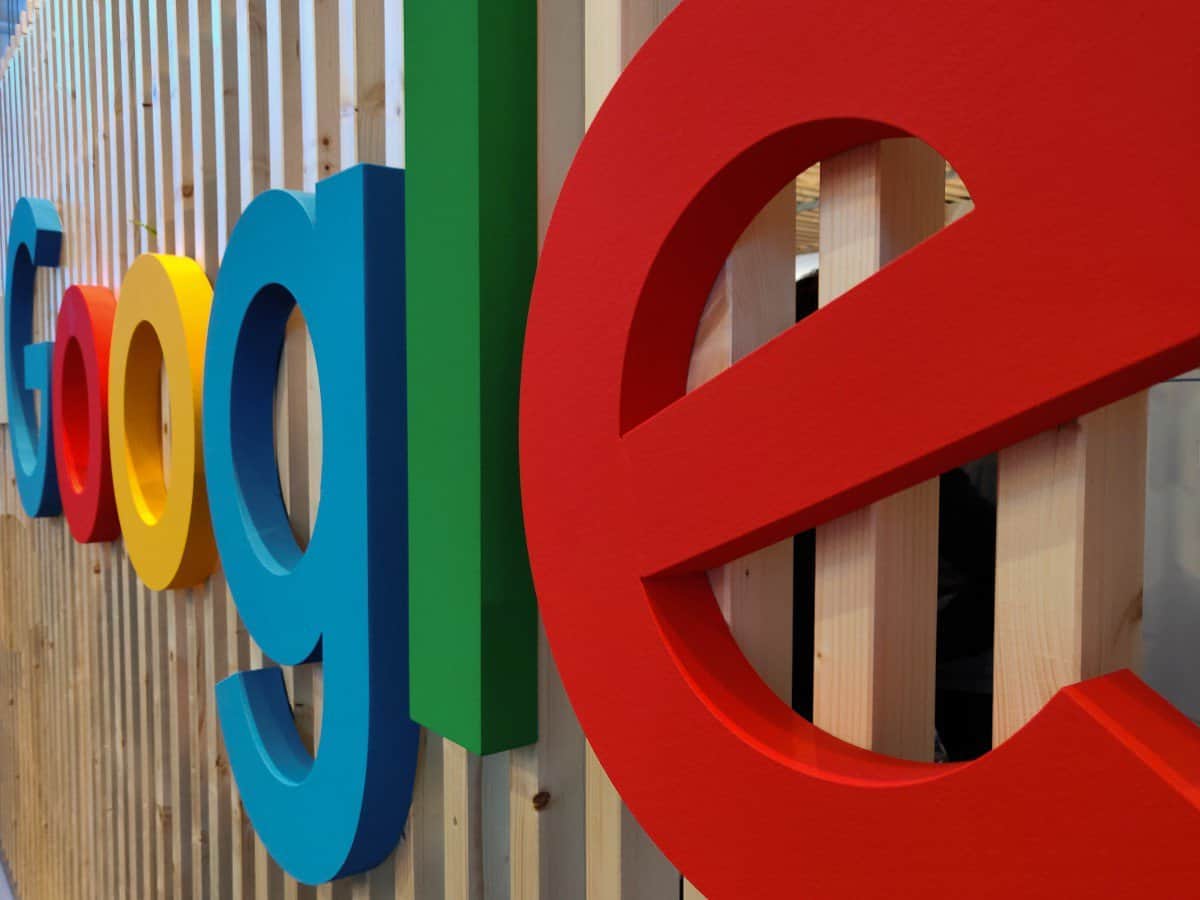Google to make all advertisers verify their identity

Tech giant Google is making all advertisers go through a verification program, in a bid to increase transparency.
Originally brought in for political ads in 2018, the company has now decided to make this mandatory for everyone.
Users will be able to see which country advertisers are located in, as well as who is actually running a specific ad.
Seeking to build a more honest advertising landscape
In a blog post on its website, Google announced that it plans to begin verifying US-based advertisers. After that, it will be rolled out to other countries.
Once this change has been implemented, users will be able to identify the country in which an ad comes from. They will also have the ability to see exactly which company posted the content.
It’s hoped that these measures will stop a range of inappropriate measures that some advertisers have taken on the Google Ads platform recently. Fake businesses have been a cause for concern, while affiliates have been known to hijack ads in the past.
In the post on Google’s blog, John Canfield – the company’s Director of Product Management for Ads Integrity – wrote the following.
“This change will make it easier for people to understand who the advertiser is behind the ads they see from Google and help them make more informed decisions when using our advertising controls.
It will also help support the health of the digital advertising ecosystem by detecting bad actors and limiting their attempts to misrepresent themselves.”
The verification process
In order for Google to verify them, people will need to submit information that confirms their legitimacy as an individual. It must also verify which country they operate in.
“Personal identification” is one form of information that advertisers will need to provide. On top of this, they will also have to share their “business incorporation documents or other information”.
When it comes to a specific timescale for this to come into play, the company said the below.
“Beginning this summer, users will start to see disclosures that list this information about the advertiser behind the ads they see.”
Since Google rolled out its political ad verification in 2018, users in over 30 countries have been accepted.






